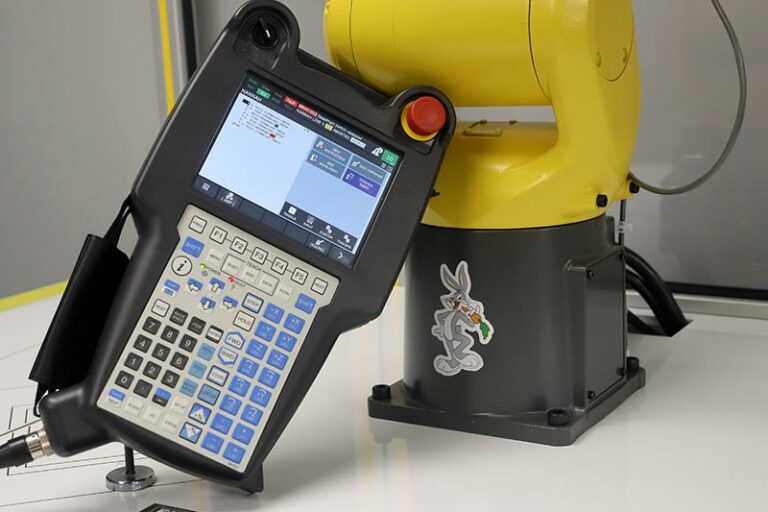In the realm of industrial automation, data security is paramount. With the critical role that robotic systems play in manufacturing operations, ensuring the integrity and accessibility of data is essential for business continuity and efficiency. Two common methods used for data backup in FANUC systems are file backup and image backup. While both serve the purpose of safeguarding data, they differ significantly in their approach and functionality. Let’s explore the differences between FANUC file backup and image backup to better understand their respective roles and benefits.
FANUC File Backup: Preserving Essential Data in Digital Form
FANUC file backup involves copying and storing individual files and directories from the robot controller’s memory to an external storage device, such as a USB flash drive or network server. These files typically include robot programs, system configuration files, and other essential data required for robot operation and maintenance. File backup allows users to selectively back up specific files or directories, making it a flexible and efficient solution for preserving critical data.
Key Characteristics of FANUC File Backup:
- Selective Backup: Users can choose which files or directories to include in the backup, allowing for customized backup configurations tailored to specific requirements.
- Granular Recovery: In the event of data loss or corruption, users can selectively restore individual files or directories from the backup, minimizing downtime and data loss.
- Efficient Storage: File backups require relatively minimal storage space compared to image backups, as only the selected files and directories are copied to the backup device.
FANUC Image Backup: Capturing a Snapshot of the Entire System
FANUC image backup involves creating a complete, byte-for-byte copy of the robot controller’s memory, including all installed software, operating system files, and user data. This comprehensive backup captures the entire state of the system at a specific point in time, allowing for full system restoration in the event of data loss, system failure, or hardware malfunction. Image backup provides a robust and reliable solution for disaster recovery and system restoration, ensuring minimal downtime and maximum data integrity.
Key Characteristics of FANUC Image Backup:
- Comprehensive Backup: Image backups capture the entire contents of the robot controller’s memory, including system files, software configurations, and user data, providing a complete snapshot of the system’s state.
- Disaster Recovery: In the event of catastrophic data loss or system failure, image backups allow for full system restoration, eliminating the need to reinstall software or reconfigure system settings.
- Single-Step Restoration: Image backups facilitate quick and easy system restoration through a single-step process, minimizing downtime and simplifying the recovery process for users.
Choosing the Right Backup Solution for Your Needs
When it comes to data backup in FANUC systems, the choice between file backup and image backup depends on several factors, including data protection requirements, storage capacity, and recovery objectives. File backup is well-suited for routine data protection and selective backup of critical files, while image backup provides comprehensive system-level protection and disaster recovery capabilities.
Considerations for Choosing Backup Solutions:
- Data Protection Needs: Evaluate the criticality of your data and the level of protection required to safeguard against potential risks, such as data loss, system failure, or hardware malfunction.
- Storage Capacity: Consider the available storage capacity of your backup devices and the amount of data you need to back up. Image backups may require more storage space than file backups due to their comprehensive nature.
- Recovery Objectives: Determine your recovery objectives, including recovery time objectives (RTOs) and recovery point objectives (RPOs), to ensure that your chosen backup solution aligns with your business continuity requirements.
Conclusion: Ensuring Data Integrity and Accessibility with FANUC Backup Solutions
In conclusion, both FANUC file backup and image backup play crucial roles in ensuring the integrity and accessibility of data in industrial automation environments. File backup provides flexibility and efficiency for selective backup of critical files, while image backup offers comprehensive system-level protection and disaster recovery capabilities. By understanding the differences between these backup solutions and evaluating your specific requirements, you can make informed decisions to safeguard your data and minimize the impact of potential data loss or system failure.
